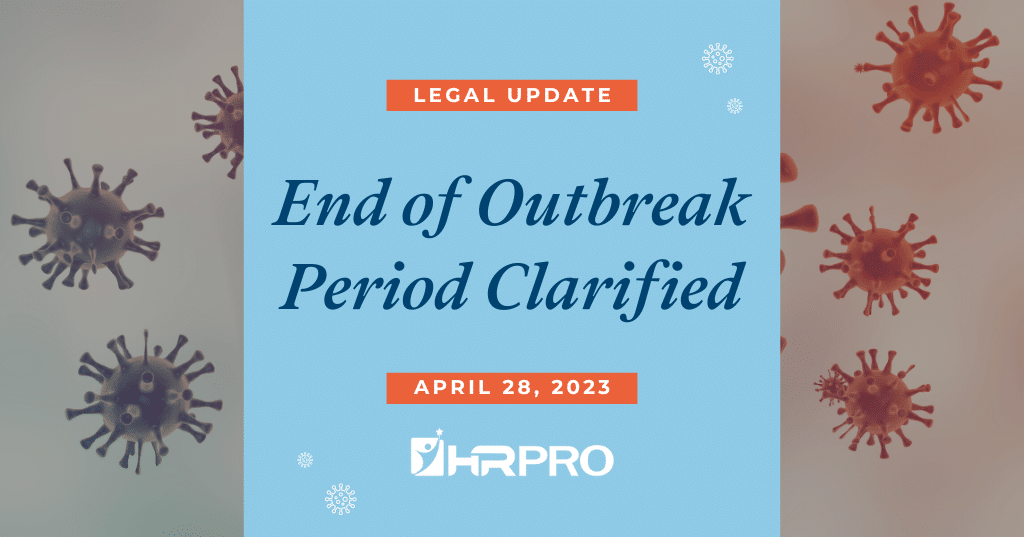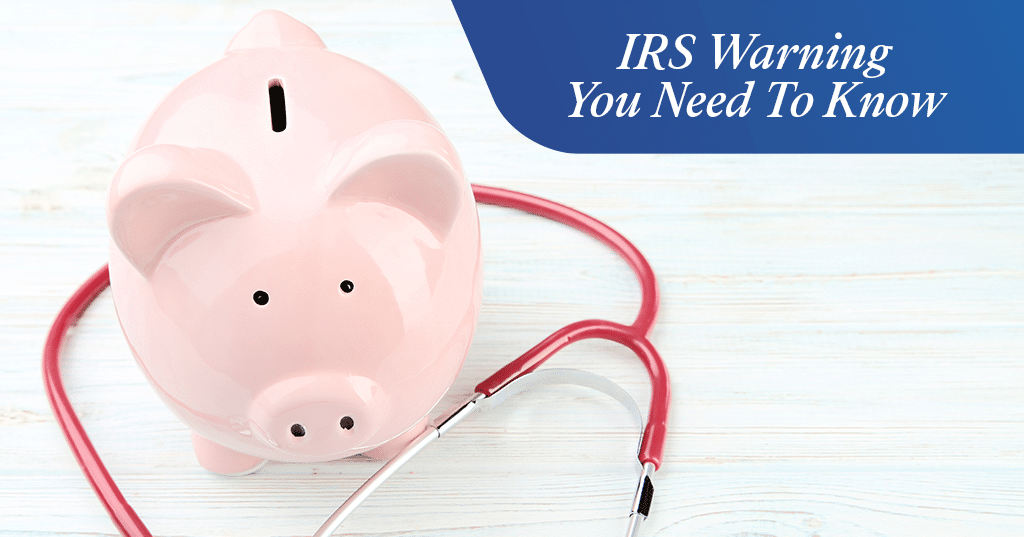
COVID-19 National Emergency Ends Sooner Than Previously Announced
On April 10, 2023, President Biden signed a resolution ending the COVID-19 national emergency that had been in place since 2020. The Biden administration had previously announced a May 11, 2023, end date to both the national emergency and the public health emergency (PHE), but the signing of the bipartisan legislation terminates the national emergency as of April 10, 2023.
However, based on informal statements by officials at the DOL and other agencies, the agencies intend to stand by the May 11 end date for the national emergency and the corresponding July 10, 2023 end date for the outbreak period. It is unclear whether the agencies will issue additional formal written guidance. This means that despite the President ending the national emergency on April 10, the DOL and other agencies will rely on the previously communicated May 11 end date as described in their FAQs to determine the end of the national emergency and public health emergency.
Impacted Deadlines
Various employee benefit plan deadlines had been extended by disregarding an “outbreak period” from March 1, 2020, until 60 days after the announced end of the national emergency. Even though the national emergency is now ending April 10, 2023, the outbreak period is expected to end on July 10, 2023. Once the outbreak period ends, health plans can return to their nonextended deadlines. Key deadlines extended during the outbreak period include:
- HIPAA time frames—The 30-day period (or 60-day period, if applicable), to request special enrollment.
- COBRA time frames—The period for qualified beneficiaries to elect COBRA coverage and make COBRA premium payments, as well as the date for individuals to notify the plan of a qualifying event or disability determination.
- Claims procedure time frames—The date to file a benefit claim or an appeal of an adverse benefit determination under the plan’s claims procedure.
- External review process time frames—The date claimants may request an external review following an adverse or final internal adverse benefit determination.
Compliance Resources
The Biden administration has stated it will continue working with federal agencies to wind down the national emergency. Prior guidance issued on March 29, 2023, addresses how certain health plan requirements related to the COVID-19 pandemic will change when the emergency periods end. While this guidance was issued before the resolution ended the national emergency, the clarifications regarding changes to benefits after the end of the emergency periods and the reinstatement of normal deadlines still apply.
According to federal agencies, if changes are made to a plan or coverage after the end of the PHE or national emergency, plan sponsors and employers must clearly communicate these changes, including any limitations on benefits, to participants and beneficiaries before they take effect. Additional resources on the ending of the COVID-19 emergency periods are available on the Department of Labor’s Response to COVID-19 website.
This Legal Update is not intended to be exhaustive nor should be considered legal advice. Readers should contact legal counsel for legal advice. Information is provided by Zywave, Inc. All Rights Reserved.






